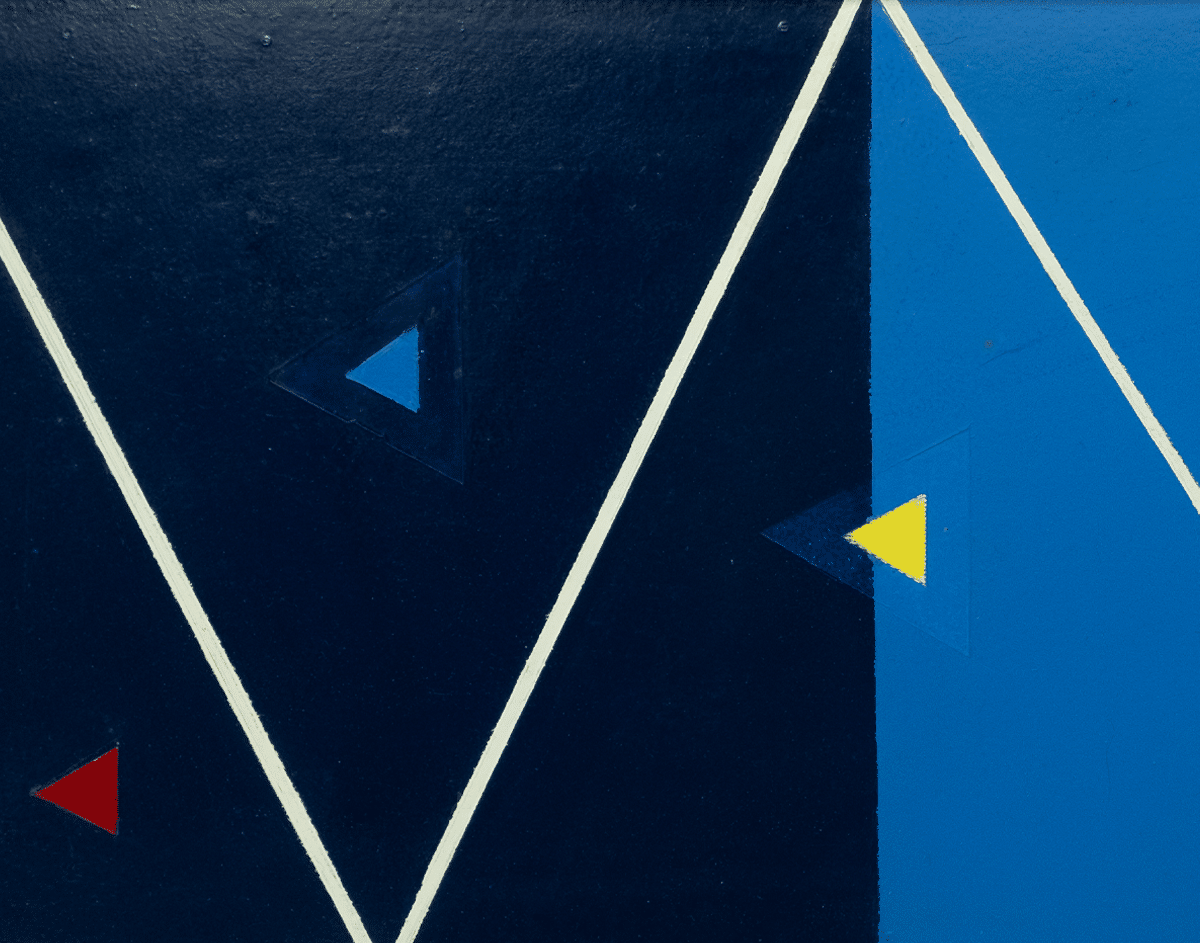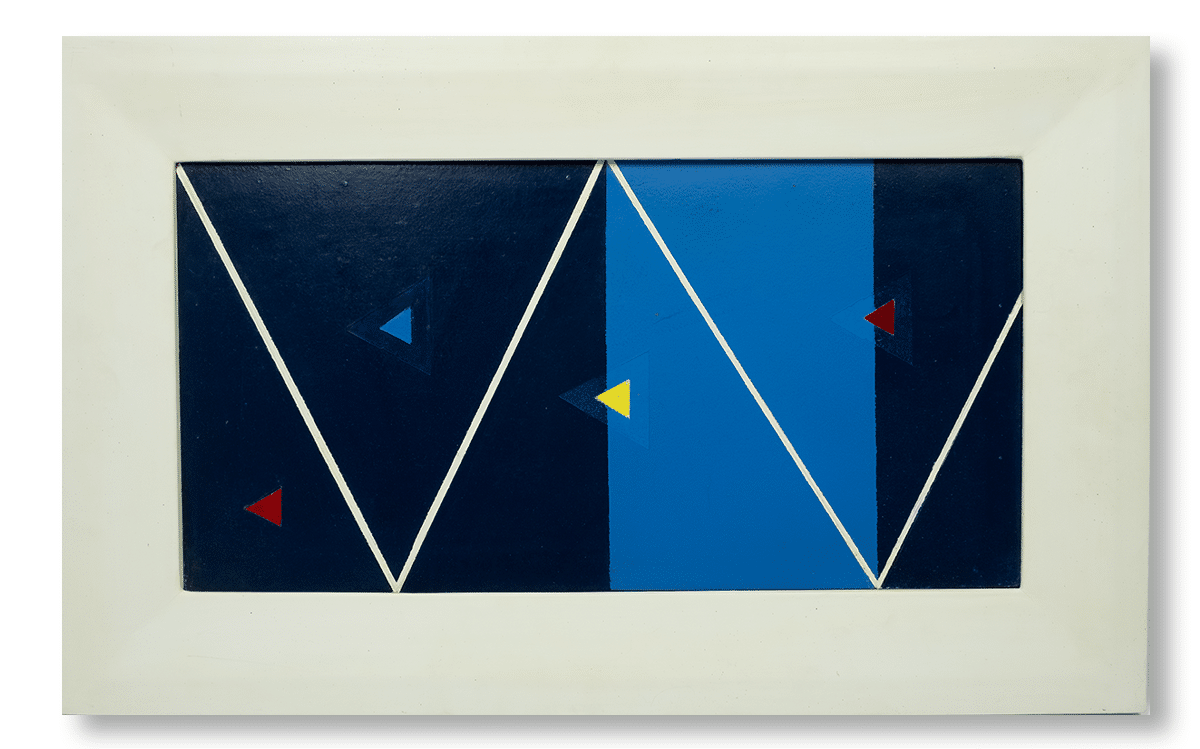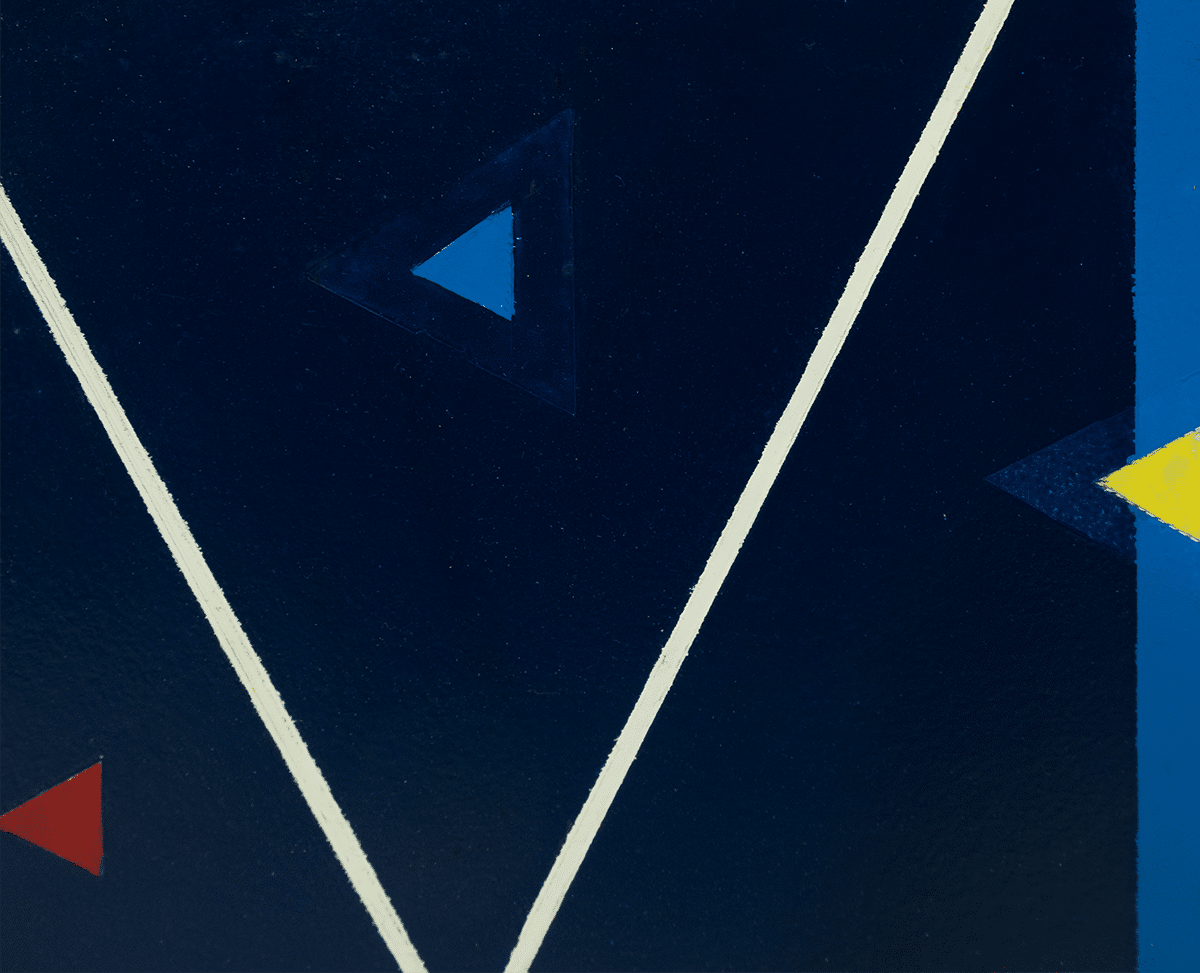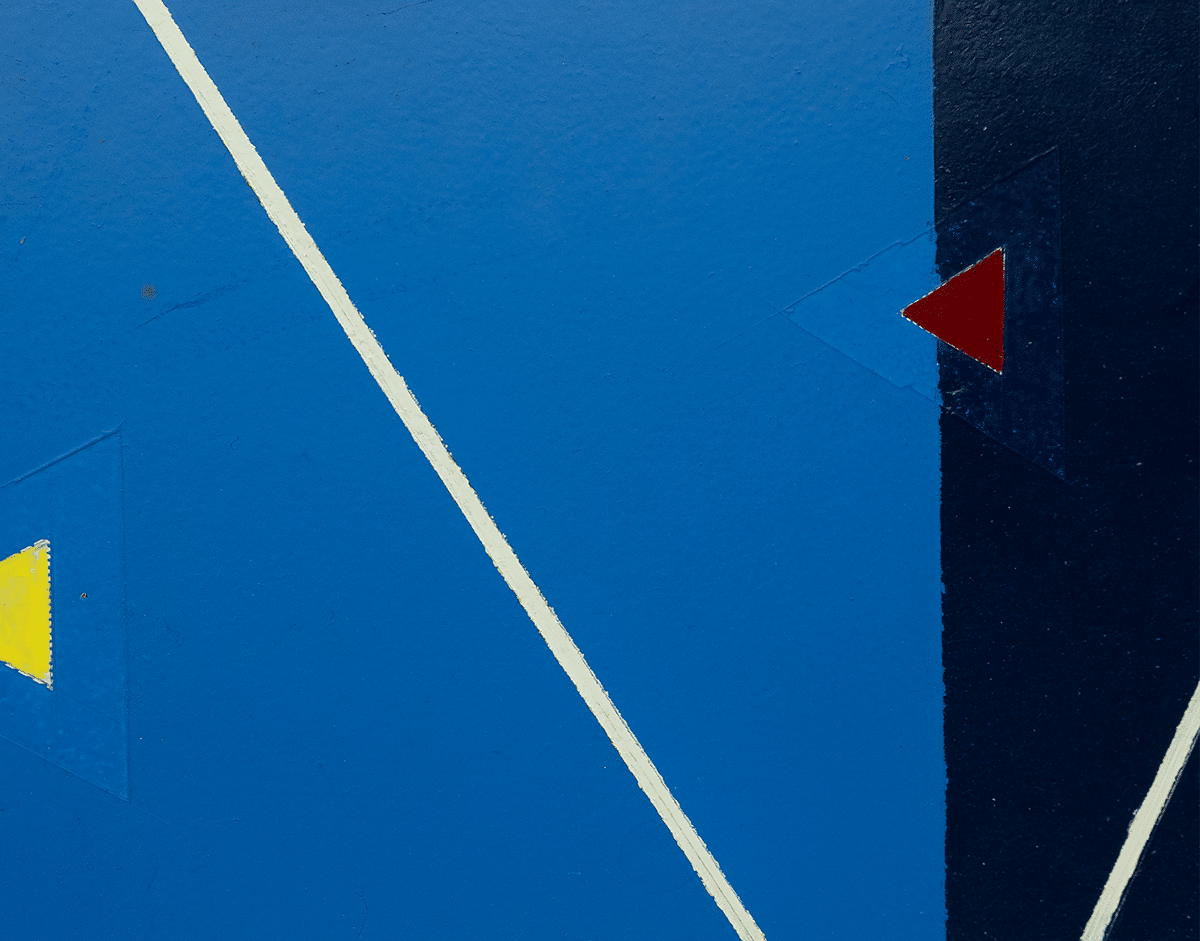Pieter de Haard (1914-2000) - No XXII variation golden square no 1
Oil on board. 1947. Signed on the reverse; the Haard 47.
Dimensions image approx 24.5*48 cm, frame approx 49*62 cm.
Back to offer overview
Oil on board. 1947. Signed on the reverse; the Haard 47.
Dimensions image approx 24.5*48 cm, frame approx 49*62 cm.
Back to offer overview






